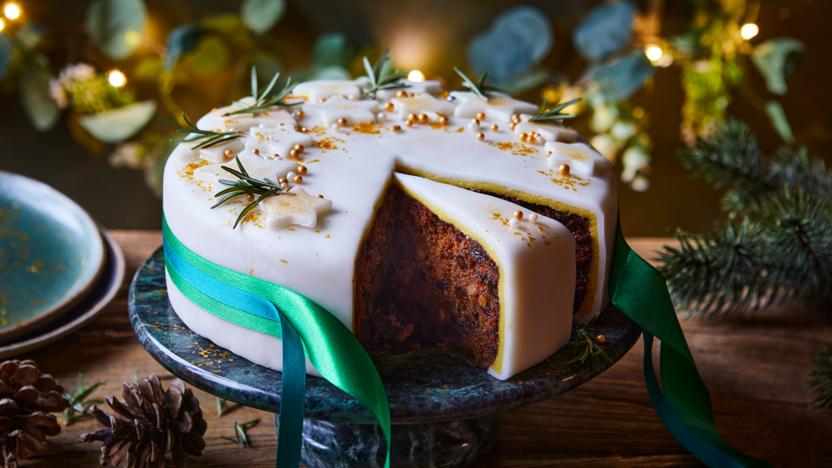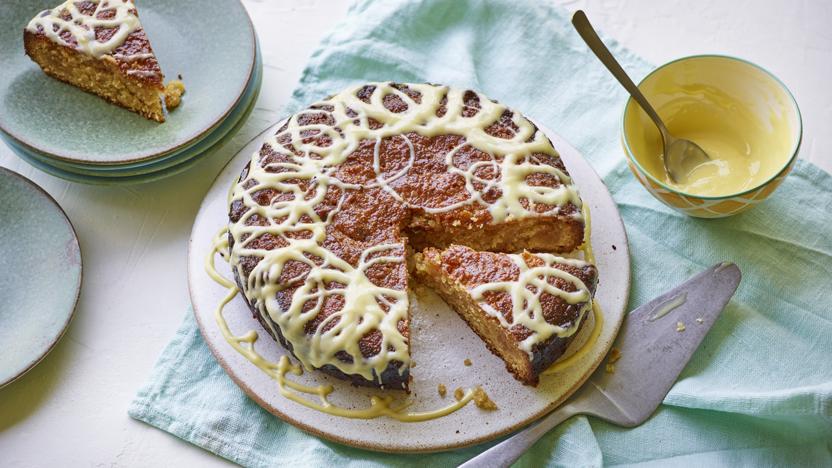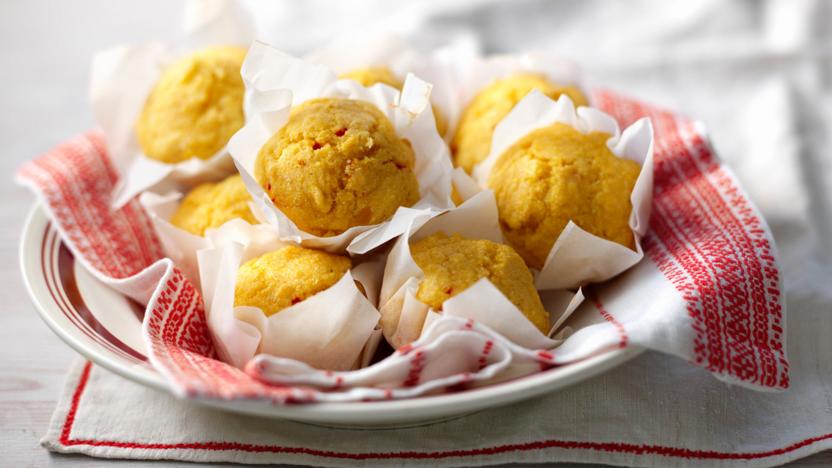Gluten-free flour recipes
Gluten-free flour takes many forms. There are plenty of naturally gluten-free flours (rice, corn, chestnut, chickpea, potato, buckwheat and soya flour). These all have different properties and work well in different cakes, breads or pastries. Gluten-free flour blends are also now available in most supermarkets. These flours contain a mix of different flours that can be used like normal plain or self-raising flour. Though be warned, they can be a little harder to work with than regular flour.
Almonds give this lemon polenta cake a wonderful richness and crumbly texture. Served with zesty lemon icing, orange mascarpone and caramelised satsumas.
More gluten-free flour recipes
Preparation
You can make your own blend of flours or ground nuts and flours. Adding sorghum or tapioca flour to a blend increases softness and absorbency, which is ideal for lighter cakes and pastries. Gluten-free oats and oat flours add texture, which works well in biscuits and breakfast muffins. Ground almonds, pistachios and hazelnuts are ideal in a blend for dense cakes, traybakes and biscuits.
Other considerations
When baking cakes with gluten-free flour, adding xanthan gum, to some extent, replaces the elastic qualities that gluten-free flours lack. This helps to reduce the risk of your cake crumbling and falling apart. If the flour you are using doesn't already contain xanthan gum, combining quarter of a teaspoon to every 200g/7oz of gluten-free flour will help to improve the crumb structure of your bake. You can also use guar gum or a combination of the two.
Adding slightly more gluten-free baking powder than the recipe requires can help make a lighter and fluffier cake.
Adding more liquid than stated in the recipe may be necessary in order to rehydrate gluten-free flour. Add the liquid a tablespoon at a time until the mixture reaches dropping consistency.
When baking bread, make sure your bread is completely cooked before taking it out of the oven. The best way to do this is using a cooking thermometer. The centre of the bread should be between 95–100C. Continue to cook the bread until it reaches this temperature.
Gluten-free loaves continue to develop their structure until they are completely cool, so open the oven door and leave the loaf inside until it cools to room temperature. This help to avoid the bread sinking.
Bake your bread in the middle of the oven. The top of the oven can be hotter, causing the top of the loaf to rise and cook far quicker than the rest.
When baking pastry, add xanthan gum to gluten-free flour. It enhances elastic qualities that gluten-free flours lack, making it easier to work with and less likely to crumble.
Add plenty of water to the gluten-free flour to prevent the pastry from becoming too dry when rolling out. It should be a little sticky before covering and resting in the fridge.
Choose a chilled (or even frozen) hard fat with a high melting point, such as butter or lard.
Resting the pastry is very important. This will give the flour enough time to absorb the water so it will become more manageable. Refrigerate for a minimum of an hour or overnight if preferred.
Try rolling out the pastry between two sheets of cling film, as the dough may be delicate, sticky and crumbly.























